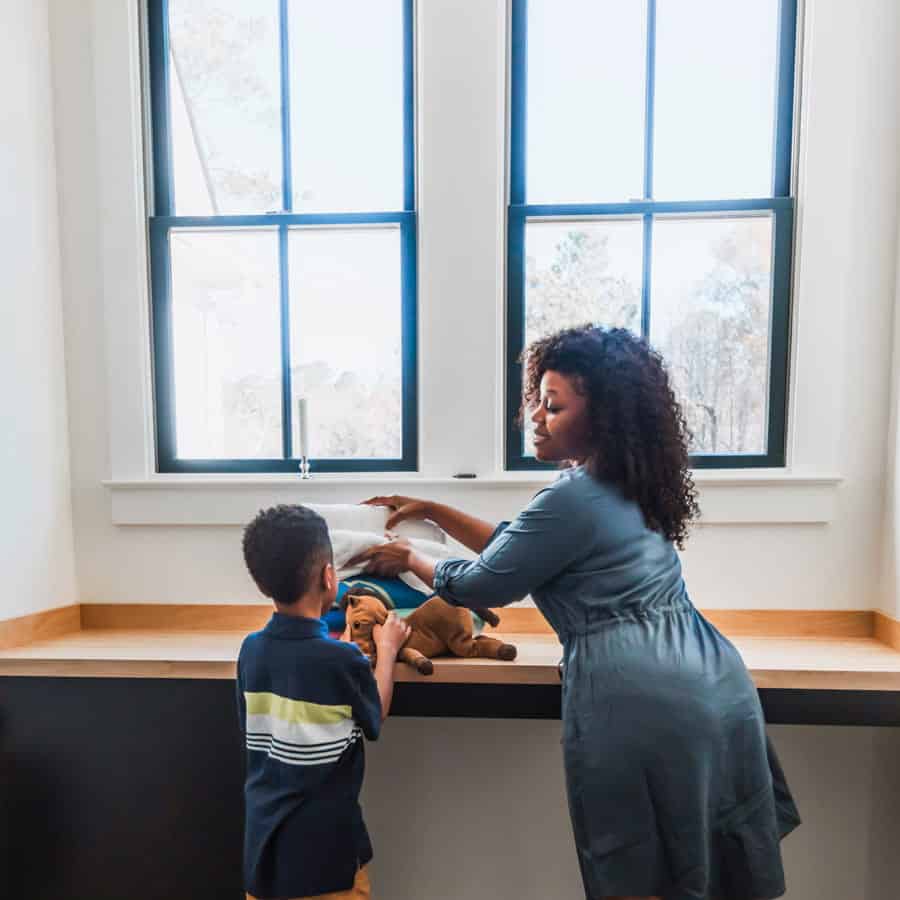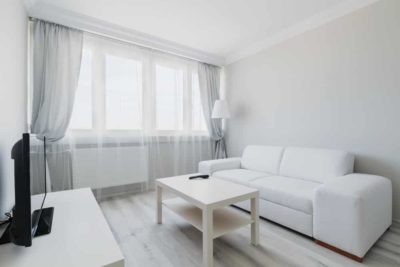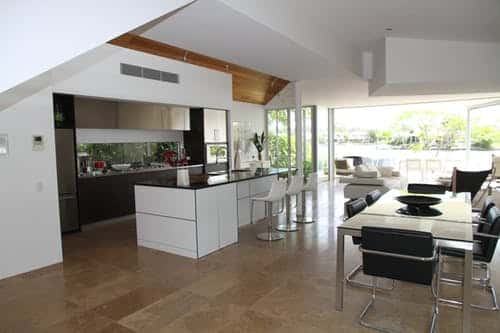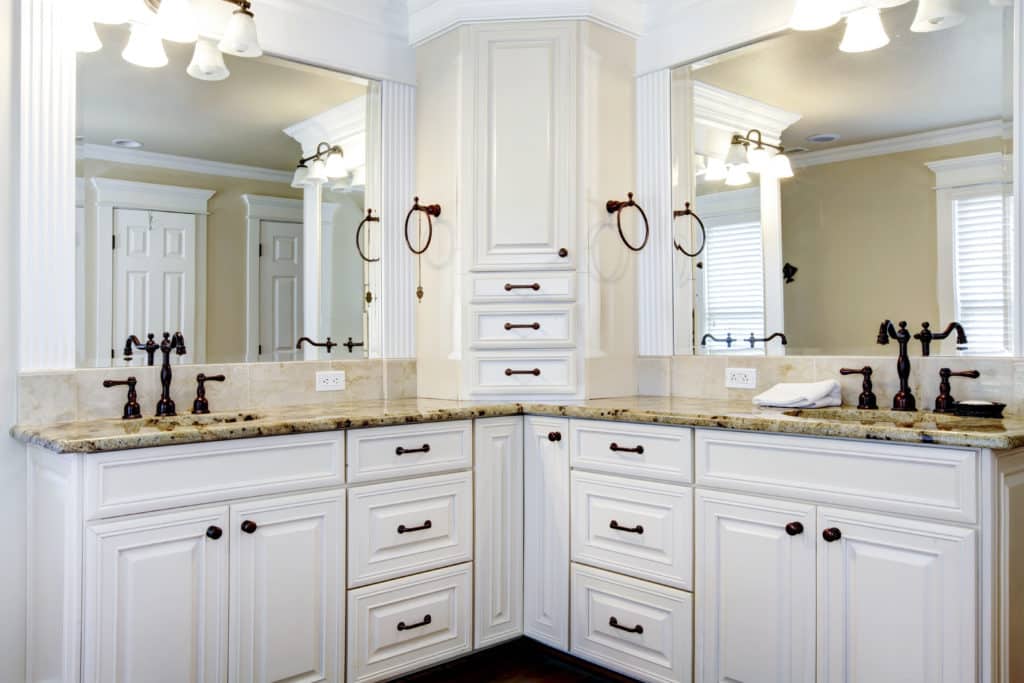Mirrors provide a beautiful and unique way to decorate your home while opening up the space and increasing natural light. Unlike decorating with pictures and artwork, though, decorating with mirrors requires some more consideration. While you can hang pictures anywhere, with mirrors, the reflection, positioning, and frame design need to be accounted for.
In some rooms, decorating with mirrors can be incredibly straightforward, because there are some places where mirrors are pretty much guaranteed to look good. However, in others, it can be challenging to hang a mirror in a way that enhances the style of the space.
Here are some of our top tips for decorating with mirrors, so that you can get the most out of your mirrors and ensure that your space looks and feels its best.
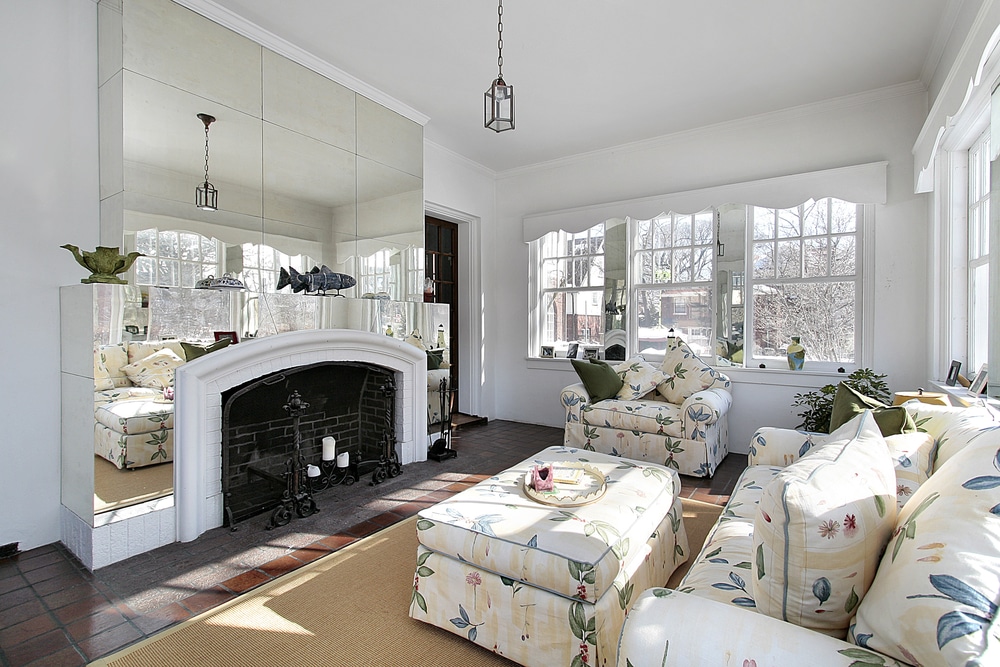
1. Hang Them Across From Windows
Mirrors are excellent ways to maximize the amount of natural light in your space. In order to take full advantage of their reflective properties and to brighten your rooms, hang your mirrors opposite windows so that they reflect the light the windows bring in. This can do wonders for small spaces, and make it feel as though you have more windows in your space than you actually do.
For even more of a window feel, consider a frame for your mirrors that mimics the frame of a window. This can be especially stunning in hallways, a-la the Hall of Mirrors in the Palace of Versailles.
2. Get The Right Size Mirror
If you’re going to be hanging your mirrors over furniture or on a specific wall space, you want to ensure that you get the right size mirror. If it’s too big, it can look clunky. If it’s too small, it can look out of place and awkward. Generally speaking, you don’t want your mirror to be wider than the furniture that you’re hanging it over. You also don’t want to opt for mirrors that are smaller than half the width of the furniture, unless you are using multiple mirrors in the space.
You also want to get the right height of mirror. Tall mirrors can be great, but it depends on how you hang them. Mirrors should be positioned in a way to provide the best reflection, so you will want to consider the size of your space and where you want to hang in when you go to pick out a mirror.
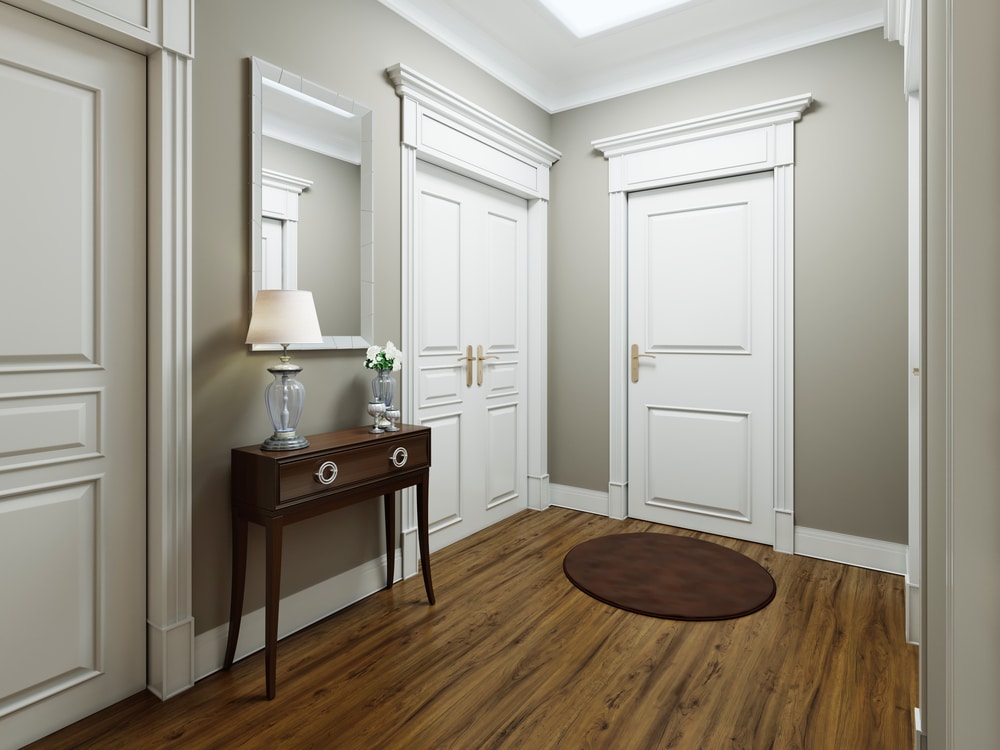
3. Use Mirrors Like You Do Art
One of the secrets to decorating with mirrors that have pretty frames and otherwise awkward sizes is to hang them the way you would artwork. For instance, if you have small mirrors that you want to hang over furniture, you can lay them out like a gallery wall. Mirrors with bolder designs and frames are perfect for this.
When decorating with mirrors and using them as focal points like artwork, they don’t need to be unique sizes. You can hang them on otherwise empty wall space to bring light and interest to a room. For some, older glass that isn’t in perfect condition to enhance the visual appeal of decorating with mirrors like this.
4. Ensure The Mirrors’ Reflection Is Aesthetically Pleasing
Mirrors can really open up a space and be a lifesaver for small and/or dark rooms. When decorating with mirrors, though, you want to be mindful of what it’s reflecting. For instance, if you’re decorating with mirrors in your bathroom, you don’t want the mirrors reflecting the toilet. Placing mirrors across from windows allows them to duplicate the view. Placing them across from bits of interest, such as a gorgeous art piece or a beautifully arranged bookshelf allows you to enjoy the feature twice over.
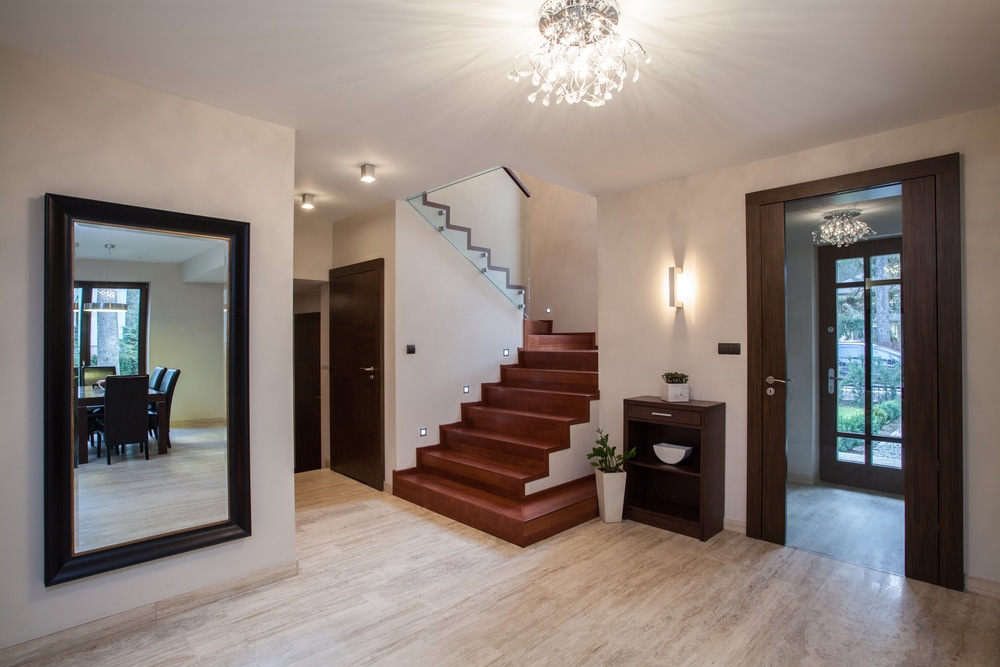
5. Tie The Frame In With The Details Of The Room
When decorating with mirrors, you can really bring a room together by ensuring that the frame and design of your mirror complement the design features of the rest of the space. For instance, if you have a black coffee table, a black frame for your mirror would help to ensure that the design of that room stays cohesive. The weight and design of the frame play into this too. Frameless mirrors could look better in more contemporary spaces, while mirrors with big, ornate frames would do better in a more traditionally styled room.
Custom Mirrors And Professional Installation
Decorating with mirrors can take your space to the next level. If you have a need for custom mirrors or help with mirror installation, you can count on Moyes Glass for professional mirror services. Contact us today to learn more about our custom mirror purchase and installation options and let us help you bring your space to life.
 (801) 528-9495
(801) 528-9495
